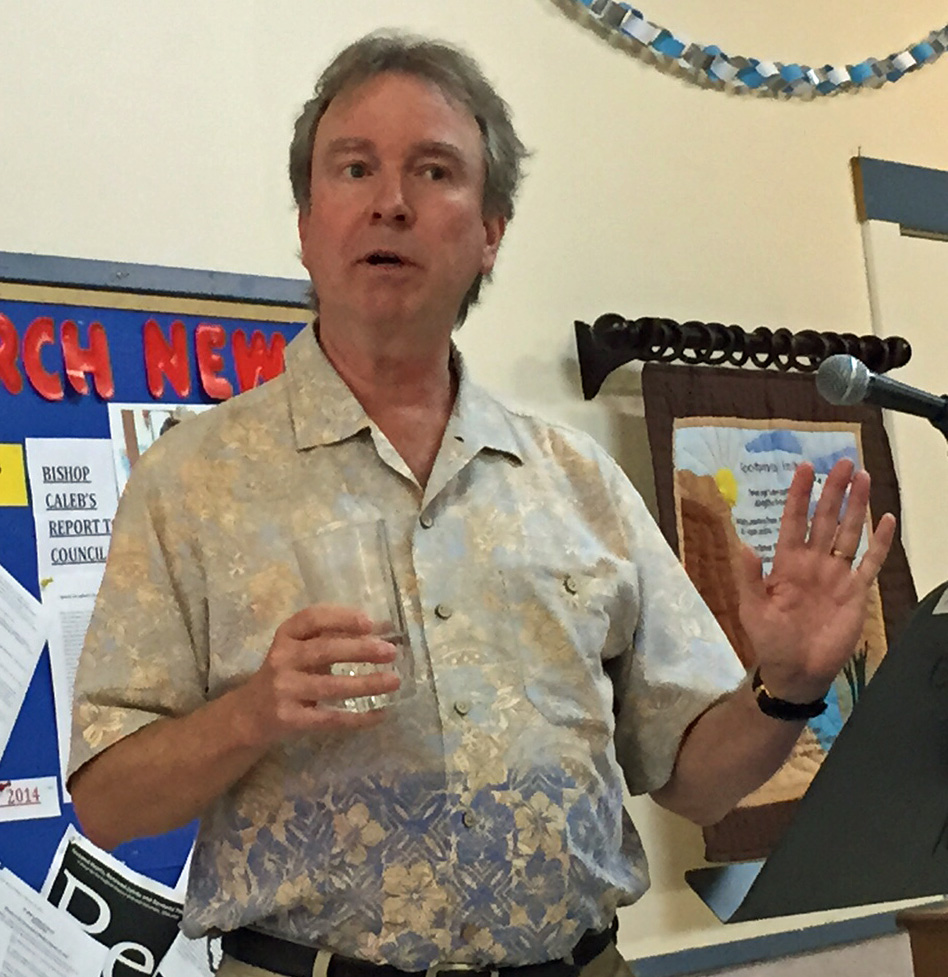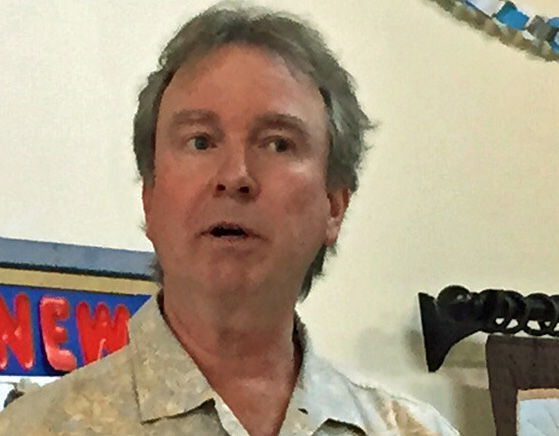
By 2080, we will need to produce enough food for between seven to nine billion people on this earth; thus, production must be intensified, but in a responsible and sustainable manner. Production has increased by 1,200% on the same land since 1950 and yet; in 1900, the agricultural workforce consisted of 41% of the population and it is now only 2%. Genetic engineering enables food to be produced at a reasonable cost in a responsible, sustainable manner.
GMOs, or genetically engineered plants and animals have had their DNA changed to make the organism do something they couldn’t do before. Genetically engineered products include human insulin and Chymosin, a product used in cheese making, produced by microbes rather than by animal rennet as well as a whole range of drugs, vitamins and additives. This is a good thing, according to McHughen.
Farmers worldwide support GE technology. Recently approved products include the “arctic apple”, a non-browning variety created for children’s school lunches and “Golden Rice” with increased vitamin A, produced for children in poverty stricken countries to prevent blindness. But is this technology safe? McHughen stated that genetic engineering is not inherently hazardous. There is no documented adverse health effects from eating foods derived from GE crops. None of the Internet allegations of harm have been substantiated. The European Union has spent over 270 million euros on government funded research on GM safety since 1985 but were unable to find any reason to refuse GM products from Canada, US, and Argentina.
Climate change issues have stimulated genetic engineers to produce drought tolerant plant varieties. Wonder why the cost of oranges, lemons and limes have gone up so much? The Asian Citrus Psyllid, an insect that attacks the tree and renders the fruit inedible (giving it a taste like turpentine) is severely decreasing crop output in Florida and California. There is currently no treatment for a diseased tree – the best hope is genetic engineering (one field trial that looks promising is developing an orange with a gene derived from spinach).
To learn more about genetic engineering, McHughen advised care in selecting Internet sites. “There is no control and anybody can say anything.” To avoid the pseudo-science designed to generate fear of GM crops and food, he recommended reading current academic research studies, accessed through university library sites, and to avoid .com and .org sites. These are often private company, activist, and political sites, which tend to manipulate information or have their own agenda. More reliable sites often end in .edu .gov and .ca.
Text: Pam Foster
Dr. McHughen’s book, “Pandora’s Picnic Basket; the potential and hazards of genetically modified foods”, is currently out of print but copies are available in some local libraries and used copies are available through Amazon.ca.
